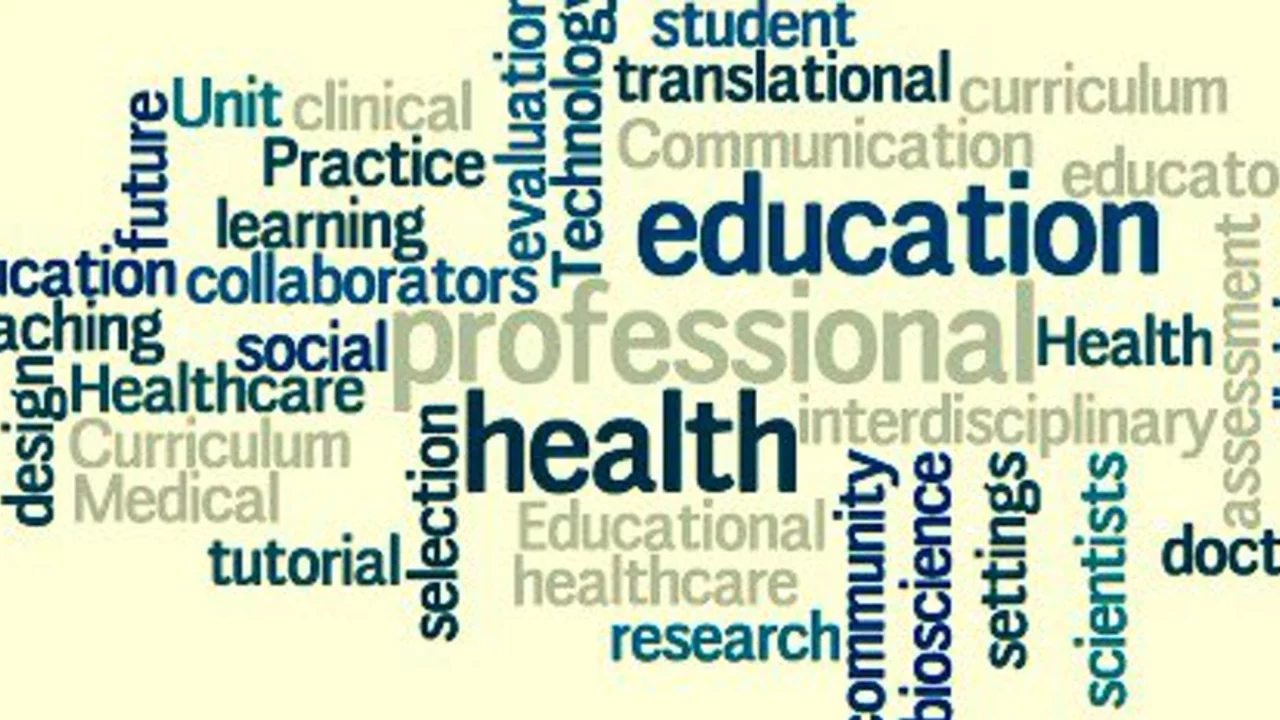What is the relationship between education and curriculum?
 Aug, 15 2023
Aug, 15 2023
Understanding the Basics: Education and Curriculum
As I sit comfortably on my favourite leather armchair, staring out the window admiring the river city Brisbane, I find myself reflecting on a topic that has fascinated me for many years: the enigmatic relationship between education and the curriculum. It's a relationship as interwoven as the threads of a well-knit pullover, and makes you feel just as warm and cosy when you've grasped it. Well, at least that's how it makes me feel!
Education earns its bread and butter from the curriculum. They're like the salt and pepper of the learning world, one bringing flavour to the other and inseparable. BUT, do understand - they aren't exactly the same. A curriculum is what you study, and education is the process by which you study it. In other words, while the curriculum might be thought of as 'what', education is the 'how'.
Peeling the Layers: The Curriculum Onion
Now let's take a keen look at this onion... I mean, the curriculum. It's layered, complex, often brings tears to your eyes, but forms the basis for many great things- similar enough to an onion, wouldn't you say? The curriculum serves as a roadmap or guide to the student's learning journey, providing an overview of what they are expected to achieve during the course.
The curriculum often covers the list of courses and their content, suggested methods of teaching, learning objectives, and detail of the assessment methods to evaluate the learner's achievement. It's essentially the skeleton of an educational program, everything else builds around it.
Education: The Mighty Oar
Education, my friends, is that mighty oar which paddles the boat of knowledge. It's the tool which melds the curriculum into the minds of learners. It's the process of facilitating learning or the acquisition of knowledge, skills, values, and beliefs. It points the way, shows the ropes, and teaches learners how to think, not just what to think.
Education is both personal and collective. It involves learning from teachers and textbooks, sure, but it also involves learning from each other, from the world around us, from experience, and from our own introspection. Education, in essence, is broader than the curriculum.
The Symbiotic Tango: How Education and Curriculum Dance Together
Understanding the role of the curriculum clears up why it's imperative in educational methodology. Curriculum provides the structure, the scaffolding upon which education weaves its magic. Yet, without the educative process, the curriculum is merely ink on a page, or for the modern generation, pixels on a screen.
The curriculum needs the means that education provides to come alive, to transition from theory to practice. At the same time, education uses the curriculum to give learners a clear and comprehensive conceptual framework within which they can explore, understand and master subjects. They are clearly attuned to the tango, each step in sync with the other.
Think Outside the Box: The Hidden Curriculum
While we're on the subject, let's side-wind a bit and discuss an interesting facet called the 'hidden curriculum'. It's the side of the curriculum iceberg that's under the water, encompassing everything that children learn from the school's environment as well as the attitudes and behaviour of teachers and peers.
Despite not being formally included in the standard curriculum, the hidden curriculum contributes significantly to the learner's education by providing social and behavioural norms that students pick up on and often emulate. This prepares them for life beyond academics, aiding in holistic growth and development - you know, making them life-ready, not just exam-ready.
Personalized Learning and the Future of Education
Near the surf of the mighty Pacific Ocean, with the Great Barrier Reef as my muse, I've witnessed the dawn of personalised learning. With technology at its helm, it's a rising wave set to reform education and the curriculum. It advocates tailoring education to suit the unique learning styles and capabilities of individual students, taking education from "one size fits all" to "made to measure".
As a result, the curriculum is being reshaped to be more flexible and adaptable, accommodating diverse learning pathways. It's like turning the curriculum from a strict recipe book to a delightful menu, where learners can make choices that suit their palate. It's a transformative approach for sure, but then again, that’s the essence of education, isn't it?
Understanding Curriculum and Education: The Inside-Out Approach
My good friend, Albert Einstein, once said, "Education is not the learning of facts, but the training of the mind to think." In this pearl of wisdom lies the essence of the relationship between the curriculum and education. The curriculum lays out the facts, presents the 'what,' and education moulds the mind, offering the 'how.' Both have their individual roles but are incomplete without one another.
Take education away, the curriculum remains a cluster of academic goals with no means of reaching them. Take the curriculum away, education becomes a rudderless ship, sailing without direction. They need each other like a blogger needs WiFi, like Brisbane needs sunshine, to function optimally.
Wrapping it Up: The Royal Dance
In conclusion, the relationship between education and curriculum is no less than a royal dance. The curriculum is the dance card, providing the list of dances (read topics) to be performed, while education is the dance itself - the skill, the technique, the execution.
Understanding this, my friends, is to savor the true flavor of the delicacy called learning. So next time you hear about education and curriculum, remember our beautiful dance metaphor. And perhaps do a little jig yourself. Why? Because learning is fun, and wouldn't we all rather be dancing?